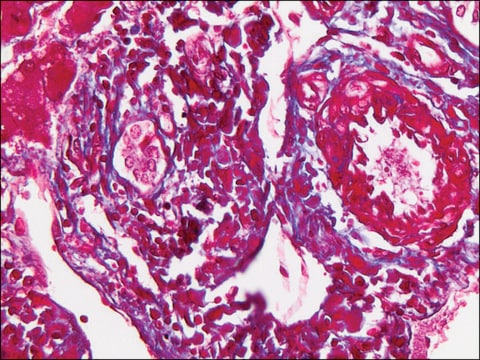SRP6155
BMP-2 human
recombinant, expressed in HEK 293 cells, ≥95% (SDS-PAGE)
Synonim(y):
BMP-2A, Bone morphogenetic protein 2, Bone morphogenetic protein 2A
About This Item
Polecane produkty
pochodzenie biologiczne
human
rekombinowane
expressed in HEK 293 cells
Próba
≥95% (SDS-PAGE)
Postać
lyophilized
siła działania
20-100 ng/mL ED50
masa cząsteczkowa
30-38 kDa (homodimer, glycosylated)
opakowanie
pkg of 10 μg
metody
cell culture | mammalian: suitable
numer dostępu NCBI
Warunki transportu
dry ice
temp. przechowywania
−70°C
informacje o genach
human ... BMP2(650)
Opis ogólny
Zastosowanie
Działania biochem./fizjol.
Postać fizyczna
Uwaga dotycząca przygotowania
Rekonstytucja
Kod klasy składowania
11 - Combustible Solids
Klasa zagrożenia wodnego (WGK)
WGK 3
Temperatura zapłonu (°F)
Not applicable
Temperatura zapłonu (°C)
Not applicable
Certyfikaty analizy (CoA)
Poszukaj Certyfikaty analizy (CoA), wpisując numer partii/serii produktów. Numery serii i partii można znaleźć na etykiecie produktu po słowach „seria” lub „partia”.
Masz już ten produkt?
Dokumenty związane z niedawno zakupionymi produktami zostały zamieszczone w Bibliotece dokumentów.
Nasz zespół naukowców ma doświadczenie we wszystkich obszarach badań, w tym w naukach przyrodniczych, materiałoznawstwie, syntezie chemicznej, chromatografii, analityce i wielu innych dziedzinach.
Skontaktuj się z zespołem ds. pomocy technicznej




